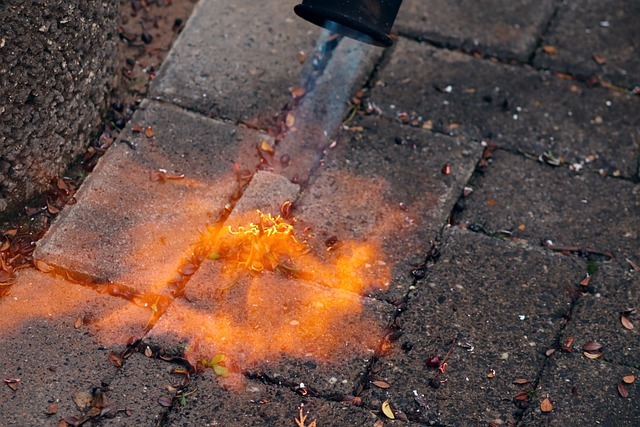
Is your plumbing decent? Are you ready to educate yourself and improve your abilities? If you think you’re ready, this is the right place. The tips that you are about to read describe various time-tested techniques for keeping your home’s plumbing in working order.
Don’t let your house temperature drop to below freezing and make sure to insulate anything that is exposed to the outside elements to prevent frozen pipes. Pipes will begin to freeze as soon as they reach freezing temperatures. If they do freeze, you are looking at some time before they can thaw out, thus you will have to wait for running water. They could also burst costing you a lot of money and repairs.
Knowing all your different tools and how they are used will be a great help when you work on a plumbing job. Read all the user manuals, and make use of the library and internet to learn all about projects you can do by yourself. Have a good grasp of what you’re attempting to do before you do it, so you don’t have to repair your repair.
You should avoid using blue toilet tablets, bleach tablets or any other odor removers in your toilet. These products will reduce the smell, but they will also cause problems with the rubber gaskets. Over time, the damage will accumulate and could eventually stop the toilet from functioning at all.
Sifting drainers are available for any size drain to prevent items larger than a grain of sand going into your pipes. You should clean your strainer in your kitchen anytime you have anything in it. Kitchen filters should be changed often, while bathtub filters can be changed as needed.
If your house uses well water and you start to see orange or pink stains in your tub and other water fixtures, you have too much iron in your water. You will need a water softener in order to take care of this problem, which you could purchase at a local store, or hire someone to go to your home and fix it for you.
Here is a good tip for a safe, inexpensive way to keep the drain in your bathtub trouble-free. Take one cup of baking soda and pour it into the drain. Then do the same with a cup of vinegar. Do this procedure once a month. Cover the drain with an old rag, because there will be a chemical reaction taking place inside the pipes. Wait for a little while, and then pour boiling water down the drain. This procedure should clear the pipes of soap scum and accumulated hair.
You should make sure that the holes are not stopped up on the overflow. These holes come into use if the skin overflows. Things can get problematic if they are clogged. When you do periodic checks for any other problems or repairs that are needed, take the time to clear the holes that are there to protect you from overflow.
Do not flush unneeded things down your toilet if you want to lessen your chance of having issues. Under no circumstances flush cotton balls or swabs, paper towels, diapers, sanitary pads or other materials that will not dissolve. These items can cause major clogs. Additionally, use the minimum amount of toilet paper required to clean up after you are done.
Make sure a new shower head is of high quality. Choosing the cheapest shower head in the store can end up costing you more in the long run. These types of fixtures are prone to breakage and are much less sturdy.
If you have pipes that are clogged, try a cleaner that is enzyme based. These types of cleaners will use natural bacteria so that the sludge will turn into liquid form, and be removed from your pipes. The best cleaner available on the market are the enzyme ones.
To reduce your plumbing repair costs, use preventative maintenance measures. Drain clogs are probably the most frequent issue you will run into with your plumbing. Practically anything can get stuck in those drains and cause them to lock up, including hair, foreign objects and sediment. Putting a strainer on your drain can solve this problem. Make sure you clean the hair from the screen regularly. This should be much easier than cleaning a drain.
Fix issues with low water pressure by cleaning sediment buildup out of your faucet’s aerator. Take out the aerator, pull it apart, and clean inside with a brush soaked in vinegar. Finally, rinse off the aerator, put it back together and then reattach it to your faucet. If the problem was caused by a dirty aerator, cleaning it will increase the pressure.
If you are trying to get a clean-out plug removed, but not getting very far, there are a couple of things you can do. A hammer and chisel can be used to slacken the fitting. If that fails, you must chisel a hole in the plug.
If you are looking for a plumbing contractor, take some time to check with the Department of Consumer Affairs. They will tell you if their licenses are all up to date or if they have received any negative feedback. If they are not licensed or have complaints, you should choose someone else to do the job.
You should feel more confident about plumbing by now. These new ideas may help yield positive results in your work. If they do not work, keep trying until you get pleasant results!